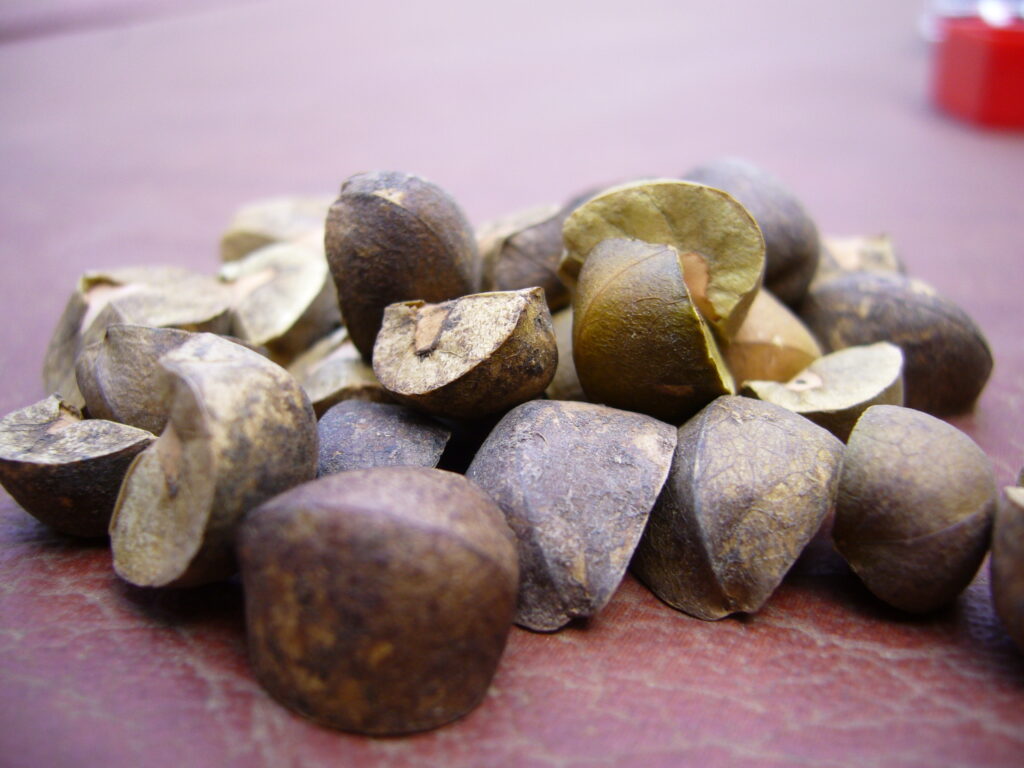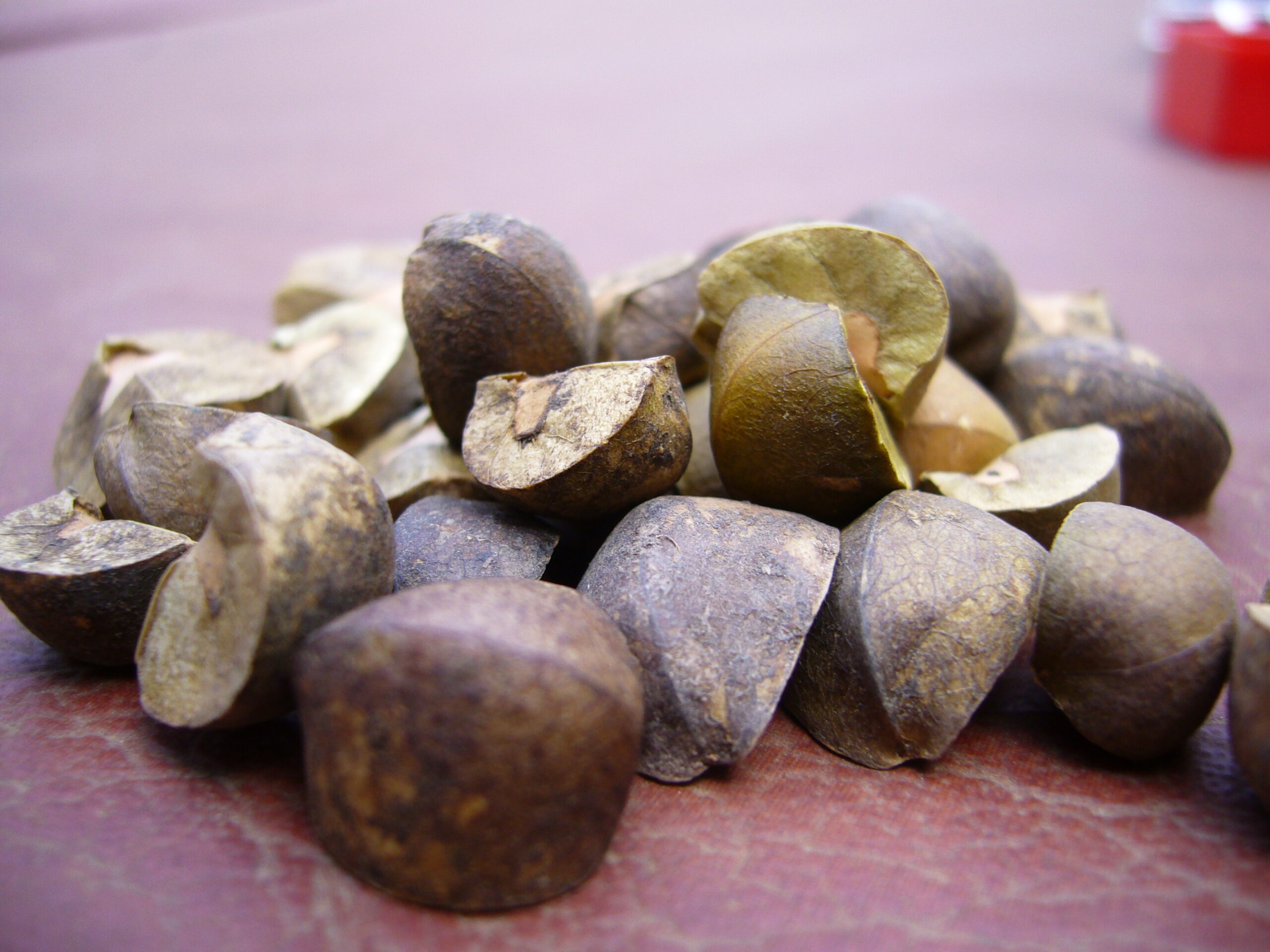I still vividly recall my first encounter with Mexican jumping beans many years ago at an old, weather-beaten souvenir store along a dusty, desolate county road in Nevada. Wandering around the shop, I heard a faint but persistent clicking noise resonating down one of the aisles.

The source was dozens of small plastic containers stacked on a shelf containing brownish-colored, rock-like objects that were mysteriously convulsing at random intervals in their plastic prisons. Some strange mechanical or electronic contrivance, I thought to myself? No, it was nature at work – Mexican jumping beans.
Usually imported from Mexico during the summer months, last year was the first in a while since the beans had made it to the U.S. due to poor weather conditions according to Mark Harzdorf who has been selling jumping beans since 2007 through his Littleton, Colorado, business Amazing Beans (see Amazingbeans.com).
“If it rains too much after the jumping beans have fallen to the ground, they will wash away before they can be collected,” he explained. “But if the monsoonal rains don’t occur in the spring, the flowers of the host shrubs do not bloom and hence, no seeds. There was plenty of rain this spring and summer, so the jumping beans are very active.”
Jumping beans are, of course, not really beans. They are actually seeds from a deciduous desert-loving shrub (Sebastiana pavoniana) that only grow in some Mexican states (Sonora and Chihuahua).
Each spring, female moths (Laspeyresia saltitans) deposit their eggs in the shrub’s flowers. Soon, tiny insect larvae hatch from the eggs and burrow into the young flower capsules. There they chomp away inside the developing seed, leaving the undamaged seed wall as their protective fortress.
Once the invader has carved out a comfortable living space, it begins to construct a web along the inner wall of the seed. Before long, each ‘bean’ comes to life as the plucky little yellowish-white larva throws itself violently against the walls of its chamber, producing the erratic jumping movements that are characteristic of the jumping bean. Eventually they ‘hatch’ and a tiny brown moth emerges.
Despite being foreign plant material, jumping beans are not considered harmful imports into the United States, says Harzdorf, provided no other insects contaminate the collected beans.
“I go through the jumping beans by hand with a small cup, literally, to ensure there are no hitchhikers!” he said.
This year, Harzdorf has seen considerable interest in the beans especially from “some far-flung places.”
“Sometimes, while printing shipping labels, an address will grab my attention and I’ll think about where they are off to and how they will soon be some place so different,” he said. “I sent some to Nome, Alaska, (recently) on a very hot day – I wanted to ship myself along with the jumping beans!”
Perhaps partly because of the home quarantine of families, he has also seen an increased interest from children this year. “Customers often mention how the jumping beans provided a break from electronic gadgets and staring at screens.”
Like I was many years ago, today’s tech-savvy kids unfamiliar with these little marvels of nature will be surprised that some bizarre electronic gimmick isn’t behind the beans’ movements. Battery-operated devices will never replace the fascination of witnessing nature at its most mysterious.
Nick Thomas teaches at Auburn University at Montgomery, Ala., and has written features, columns, and interviews for over 850 magazines and newspapers. See GetNickT.org.
Related Articles & Free Subscription

Fran Drescher is Still Entertaining and Educating
The Vermont Republic – The Story of When Vermont was an Independent Country





Comment here